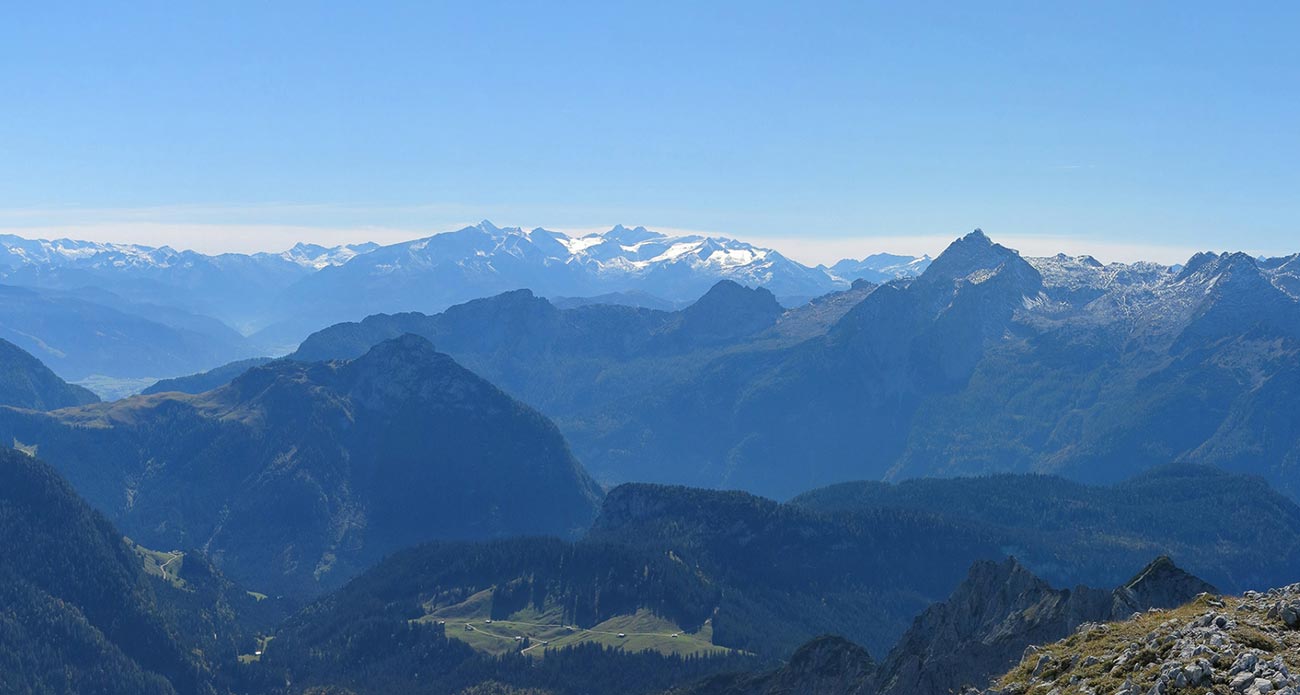Group initiatives
Group orientation activities are carried out mainly in training structures, such as schools or training institutions, or collaboration with training structures, to support more young people, generally students, in educational and professional orientation processes, through the activity of one or more facilitators. The group is understood, in these activities, not as a simple sum of the participants, but as that social structure that allows you to enhance the orientation process and realize individual learning. It is only within a group situation that some decision-making dynamics, for example, can be addressed in the best way because they are simulated and therefore safer for people. Furthermore, the group does nothing but replicate the social dynamics that occur in real life, even in orientation.
Background
Group orientation activities have spread in Italy since the 90s of the last century but have found complete application, especially from the previous decade until today. Each school and training institution in Italy, and therefore also in Trentino, offers its student's orientation activities structured as group work and managed by a professional or by the teachers themselves. These activities are carried out mainly in lower secondary school, school guidance, and later in high schools and vocational training for university and work orientation.
Goal
The primary purpose of these activities is to stimulate group reflections to support school and professional choices.
Description of the type of measure
Group activities are generally preceded by information orientation sessions and can be followed by individual orientation sessions to facilitate learning at the group level, in the personal sphere. In the case of schools, group activities are therefore reached when there have been passages of sharing of information on possible choices and on the training offer, and on possible strategies to be used for choices. Group work consists of sessions of no more than two hours (on average an hour) within school hours (but it is also possible to have them in extra-curricular moments), managed by teachers and experts in the management of groups or experts of educational and professional guidance. The group activity is managed with tools that allow students to reflect on the choices (for example case studies, blackboards, post-its, etc.), or through simulations and role-playing games, to have at the end of the documents (maps , representations, texts, etc.) that can be used individually to support choices.
Implementation
The activity is now widespread in all schools in the Province and is organized for all classes affected by the process of choice or that have to face a transition.
Evaluation
The group activity made it possible to give a "social" dimension to the process of supporting the choices, both from a content point of view and from a method point of view. Generally, students are more satisfied with orientation activities, thanks to the social and participatory connotation. Teachers can also use these moments to work on transversal skills helpful in enhancing classroom learning.
Lessons learned: Group activities are an excellent tool for activating students and young people to realize educational and professional orientation activities.
Among the pros related to use, we mention:
- Social facilitation.
- The recognition of orientation activities.
- Integration with school activities.
- The support of experts.
- The development of transversal skills.
- The simulation of future training or work events in a protected context.
Among the cons, we point out:
- The risk of delegating management and outcomes to staff outside the school.
- De-responsibility of individual students for individual choices.
- Excessive emphasis on relationships and the playful characteristics of orientation.
Contact details:
Office for the evaluation of Educational Policies: ufficio.valutazione@provincia.tn.it.

